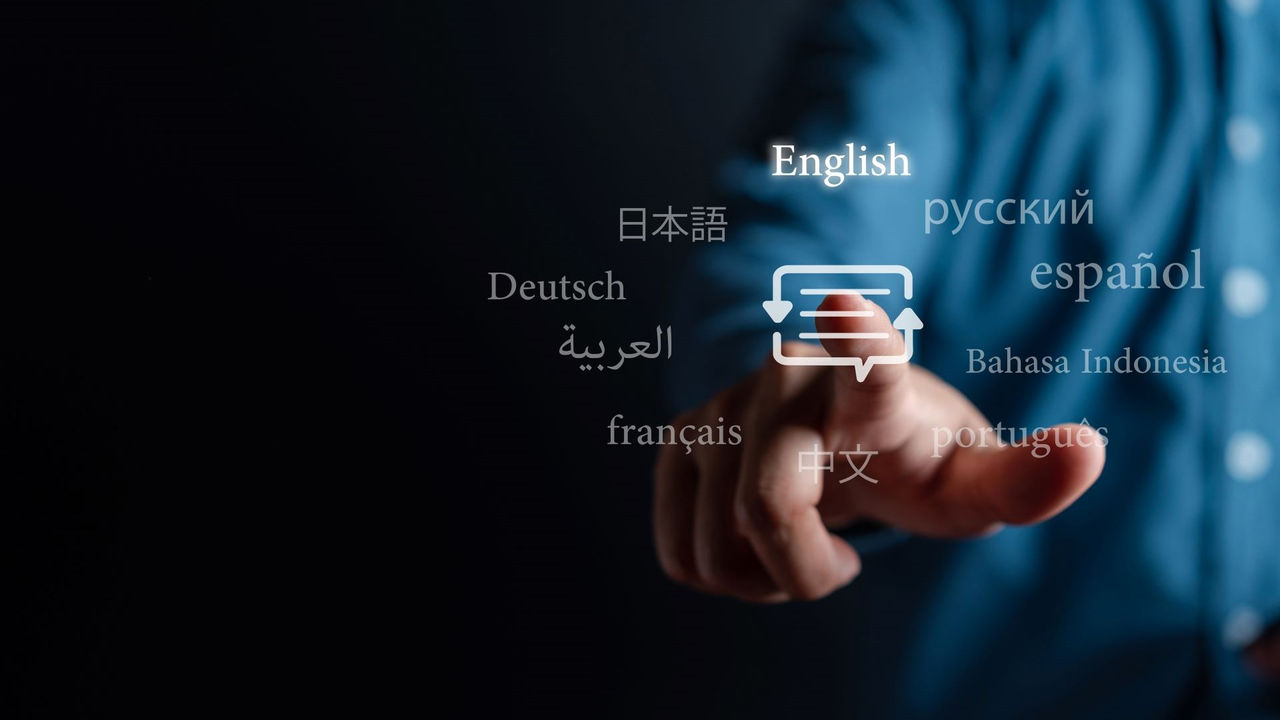Post-editing of machine translations is the second-most sought-after skill among language service providers
UOC researchers propose a new method for assessing AI tools to improve the work of translators

Machine translation systems are widely used in the translation industry, although the end results are always reviewed by people (foto: Adobe)
Juan F. Samaniego
ChatGPT and its ability to hold conversations and produce written content have been the focus of a lot of attention in the last year in the field of technology and artificial intelligence. However, AI has been around for some time, helping us in all sorts of everyday tasks, from navigation systems to social network algorithms, not to mention machine translation. Ever since neural machine translation (NMT) systems began to be used on a widespread basis a few years ago, AI has seen exponential growth in its uptake in the translation industry. This has led to new challenges in the relationship between human and machine translators.
Today, the post-editing of machine translations is the second-most sought-after skill among language service providers and is the task with the greatest growth potential, according to the European Language Industry Survey. Translators edit unprocessed machine translations, correcting texts produced by artificial intelligence. This brings with it many advantages for human translators, but also significant problems if the quality of the machine translation is poor. This is why the ability to objectively assess the quality of machine translation tools is essential for the sector.
Source: https://www.uoc.edu/en
Full article: https://www.uoc.edu/en/news/2024/working-with-ai-in-the-translation-profession